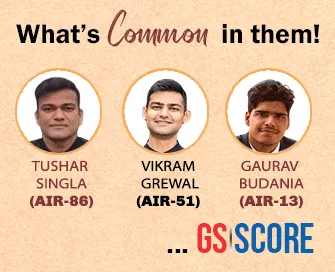

17th May 2025 (9 Topics)
Context
The Union Government has filed a Presidential Reference under Article 143 to seek the Supreme Court’s opinion on the powers of Governors, even after the Court's April 8, 2025 judgment declared withholding of assent to 10 Tamil Nadu Bills by Governor R.N. Ravi as unconstitutional, thereby reigniting a settled constitutional debate.
Supreme Court’s 2025 Verdict on Governors’ Powers
- Judicial Clarity on Assent: The SC held the Governor’s indefinite withholding of Bills as “illegal and erroneous”, reasserting that the Governor is bound by the Constitution and cannot stall the legislative process arbitrarily.
- Constitutional Framework Reaffirmed: The Court drew on Constituent Assembly Debates, past judgments, and expert committee reports to uphold that the Governor is a constitutional head with limited discretion.
- No Timelines, Yet No Infinite Delay: Although the Constitution lacks explicit timelines for assent, the judgment clarified that Governors and the President must act within a reasonable timeframe to respect legislative supremacy.
Presidential Reference: A Controversial Move
- Article 143 Invoked Post-Judgment: The Centre’s decision to seek an advisory opinion via a Presidential Reference contradicts the settled judicial verdict, and raises questions about undermining the judiciary.
- Scholars Question Intent: Experts argue that if clarity was the intent, the Centre could have opted for a review petition, not a reference, which is generally reserved for unsettled constitutional questions.
- Hidden Centralising Motive: The move is seen as an attempt to reclaim or assert central influence through Governors, contrary to the federal spirit and original constitutional vision.
- Governors as Instruments of Central Overreach: In recent years, Governors have acted in ways that challenge State autonomy, damaging the federal compact and causing Centre-State friction.
- Court’s Verdict Could Enable Reforms: The April 2025 ruling offered a structured framework to reform and depoliticize the role of Governors in line with cooperative federalism.
- Opportunity for Political Dialogue Missed: Instead of building consensus through CM-level consultations or constitutional amendments, the Centre chose a legalistic route, deepening federal tensions.
Practice Question
Q. “The discretionary power of the Governor has become a tool for political manoeuvring, undermining the federal structure of the Constitution.” Critically examine in light of the 2025 Supreme Court judgment and the subsequent Presidential Reference under Article 143.More Articles

